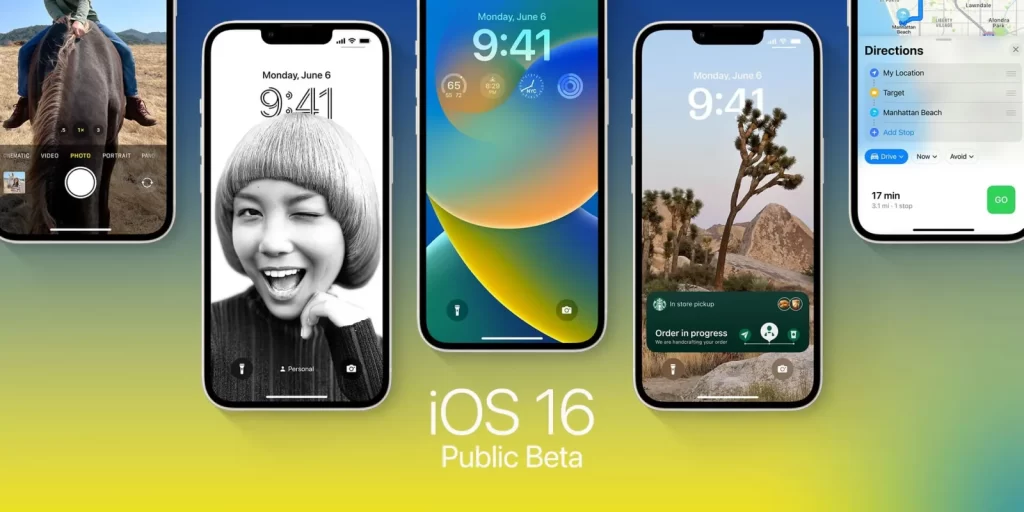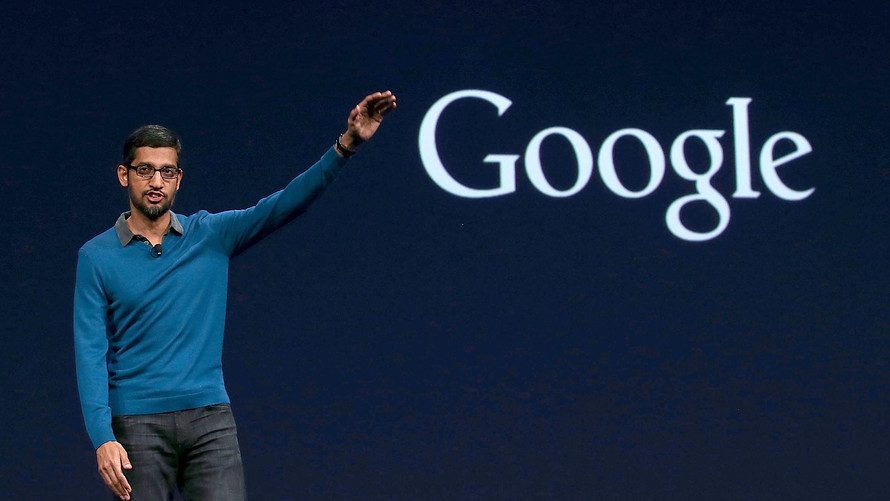The Galaxy S23 will have to fill some big shoes when it arrives, but we’re confident that Samsung can do it with its new flagship phones.
The Galaxy S22 and Galaxy S22 Plus felt iterative rather than innovative among this year’s releases. Yet the Galaxy S22 Ultra did not, bringing the Galaxy Note back to life.
Rumors are just getting started. However, we wanted to share what’s out there as well as what we’d like to see. So far, here’s what we know about the Galaxy S23, as well as our wishlist.
Possible release date for the Samsung Galaxy S23
The Galaxy S22 was released in February, so we can expect the Galaxy S23 to follow suit. The series was released in January 2021, but Samsung needed to make room for the Galaxy S21 FE. Now the S22’s release date was likely pushed back.
The Galaxy S23 will most likely be released in early 2023. Phone release dates are fairly predictable these days, and we don’t expect Samsung to deviate from this trend. Even though the coronavirus pandemic and chip shortages have resulted in some delayed phone launches in recent memory.
Early Samsung Galaxy S23 rumors
In terms of design, the Samsung Galaxy S23 Ultra may resemble its predecessor. According to a recent tip from leaker Ice Universe, the smartphone will measure 6.43 x 3.07 x 0.35 inches, which is a minor increase over the Galaxy S22 Ultra’s 6.42 x 3.06 x 0.35 inches. That’s despite rumors of a new camera on the way, which could result in a larger camera module and, as a result, a thicker overall phone. In that regard…
Several rumors claim that the Samsung Galaxy S23 Ultra will have a 200MP camera, which would be a significant upgrade over the 108MP camera found on the Galaxy S22 Ultra.
This camera rumor has been gaining traction in recent weeks. According to another leak, Samsung may opt for the older ISOCELL HP1 sensor rather than the second-generation ISOCELL HP3.
A more recent rumor has the Galaxy S23 Ultra getting a 200MP camera in the form of an unreleased Samsung sensor. Later claimed to be the ISOCELL HP2, which will outperform the company’s existing HP1 and HP3 200MP sensors.
This could bode well for Samsung’s next flagship phone. The HP3 sensor from Samsung is a mid-range sensor, while the HP1 sensor from Motorola is expected to debut on the X30 Pro or the Motorola Edge 30 Ultra. Samsung may have another sensor planned for its own flagship in order to outperform its competitors.
Due to their lower megapixel counts, even the cameras on some of the best phones can struggle with this. According to Samsung’s video, a 200MP main camera could be the key to getting more out of Galaxy phone photography.
Another Rumor
According to GalaxyClub, the Galaxy S23 and S23 Plus will both have a 12MP front-facing camera. That would be the first selfie resolution upgrade for either model since the release of the Samsung Galaxy S10 in 2019.
It’s unclear what other upgrades might be involved, or whether this rumor is true. Still, with the Galaxy S22 Ultra sporting a 40MP front camera, it’s about time Samsung upgraded the two lower-priced models.
There will be no changes to the telephoto cameras. According to GalaxyClub’s sources, the Galaxy S23 and S23 Plus will use a 10MP telephoto camera. Similar to the S22 and S22 Plus, and the Galaxy S23 Ultra will retain its 10MP 10x optical zoom camera. This does not rule out other possible changes to the zoom cameras, but it appears unlikely that nothing will change if the resolution sensor remains the same.
So far, we’ve only heard contradictory reports about the Galaxy S23’s processor. A tipster claimed a few weeks ago that Samsung would use a MediaTek chip in some Galaxy S23 units. This alarmed some people, including myself. Despite hearing that the MediaTek Dimensity 9000 is a surprisingly good chip, we have our doubts given MediaTek’s shaky track record.
However, after that rumor made headlines, another source refuted it. Yogesh Brar has a good track record, and he stated that there would be no future MediaTek partnership for the Galaxy S23 or Galaxy S22 FE.
We’ve since heard that Samsung will halt Exynos chip production for two years in order to prepare a new Galaxy-only chipset for 2025. This is consistent with Samsung’s desire for alternative chipsets, including those from MediaTek rather than current partner Qualcomm.
rumors not confirmed
Obviously, none of this is proof, but Samsung may still be interested in improving its Exynos brand. We’d like to see this, given that the Exynos 2200 fell short of our expectations, trailing the Snapdragon 8 Gen 1 in our Galaxy S22 Plus benchmark tests.
The Samsung S23 Ultra is expected to have the same 5,000 mAh battery as the S22 Ultra and S21 Ultra. The rumored Snapdragon 8 Gen 2 chip that could be seen in the phone could go a long way toward helping. Especially with a boost to power-management features.
The only other thing we’ve heard is that Samsung may internally refer to the Galaxy S23 as “Project Diamond.” Previously, some thought this codename referred to a third foldable. However, according to DSCC analyst Ross Young, this is not the case.
What we want to see from the Samsung Galaxy S23
Because Samsung has a long time to finalize some Galaxy S23 details, here’s what we’re hoping to see.
Better battery life

In a word, the battery life on all three Galaxy S22 models is disappointing. In the Tom’s Guide battery life test, even the Galaxy S22 Ultra with its 5,000 mAh battery couldn’t outlast phones. For example the OnePlus 10 Pro or iPhone 13 Pro Max. The mid-range Galaxy A53’s battery life is also subpar.
Samsung needs to improve its battery life. The decision to reduce the power packs from the Galaxy S21 to the Galaxy S22 (3,700 mAh versus 4,000 mAh) and Galaxy S22 (4,500 mAh versus 4,800 mAh) was a poor one that clearly harmed both phones in testing.
Better cooling
It’s no secret that the Snapdragon 8 Gen 1 chip is extremely hot. This causes throttling issues, particularly in intense games. Samsung was also caught intentionally throttling some apps in order to maintain system performance. While some saw the move as shady, if not downright heinous, it did prove one point: the Galaxy S22 needed better cooling.
In my experience, the OnePlus 10 Pro has a new cooling system that makes the phone noticeably more comfortable after long gaming sessions than the Galaxy S22 Ultra. We’re not expecting anything on par with the best gaming phones, but the S22 can get extremely hot. We’d like to see the Galaxy S23 address this issue.
Snapdragon or better Exynos
We’re all for ending Qualcomm’s near-monopoly on Android phones in certain parts of the world. Snapdragon chips are used in the best Android phones that perform the best. While Apple’s silicon remains far superior in some ways, Samsung’s Exynos processors trail Qualcomm in many others.
We all had high hopes for the flagship Exynos 2200, which featured AMD-powered graphics. However, the chip was ultimately disappointed. Samsung must either figure out why Exynos chips lag behind Snapdragons or abandon the Exynos platform entirely.
Continuous zoom

One issue with telephoto lenses on smartphones is that you can only use the full optical zoom or use digital to fill in the gaps. Rumors surrounding the Galaxy S22 Ultra suggested that Samsung would introduce continuous zoom, where the phone could smoothly go from 1x to 10x and all points in between.
We’d like to see Samsung include this on all three Galaxy S23 models, though we suspect it’ll be an Ultra-only feature if it ever becomes available.
Better model differentiation
Let’s be honest: the Galaxy S22 and Galaxy S22 Plus are pretty dull. They have a similar appearance to their predecessors, with few new features. The most significant change was improved “nightography” for low-light photos, but all of Samsung’s efforts were clearly directed toward the most expensive Galaxy.
While this is understandable, we’d like to see something more than iterative upgrades for the Galaxy S23 and Galaxy S23. Whether it’s a new design, better cameras, or display refresh rates that actually drop to 10Hz — because the Galaxy S22 and Galaxy S22 Plus did, in fact, feature a minimum of 48Hz rather than the 10Hz Samsung initially advertised.
We just don’t want to be bored by the Galaxy S23 and Galaxy S23 Plus. The Galaxy S23 Ultra, on the other hand, should be anything but dull. According to Samsung executive Roh Tae-moon, the Ultra will return for the S23 lineup and will not be phased out anytime soon.

